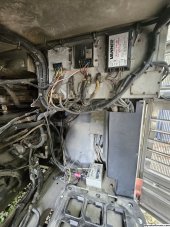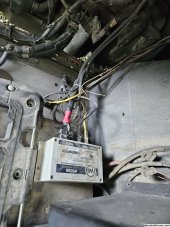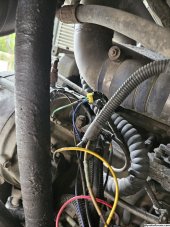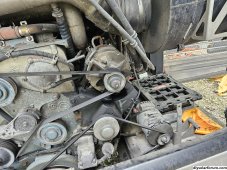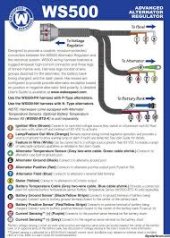justinm001
Solar Addict
- Joined
- Dec 18, 2022
- Messages
- 1,534
Thank you for posting those curves.
The voltage spikes shown are more than enough to trip the BMS of at least some LiFe batteries. What WS suggests is to have a delay built into the system to prevent the BMS from tripping faster than the WS can shut down and the field coil de-energize. Easier said than done but possible sometimes.
If you look at the curves, the out is spiking when the rpm is high - maybe during an acceleration?
Try cutting your power output to 50 % while you fine tune things - it will not solve all issues but it helps to soften it a bit.
The engine rpm is off I had to enter the size of the pulleys but was complicated and couldn't get it to match but the alternator rpm has to be right.
Today I should get the Orion so tomorrow I'll rewire and see if I can get 24v out of the alt. The old regulator doesn't have anything written on it so can't tell the voltage or model. If it really is 24v then maybe the wakespeed was trying to control the voltage using the field and couldn't keep it under 14v so it spikes. If not then the Orion will tell me it's too low of voltage to run. Also if it's 24v that means I can parallel 5 Orions and get 3500w in the front bumper as I only have 2/0 cable the 40ft up there.
I think the voltage spike was absorbed by my 12v firefly and thermostat blowing it before it blew the bms. While the alt shut down



